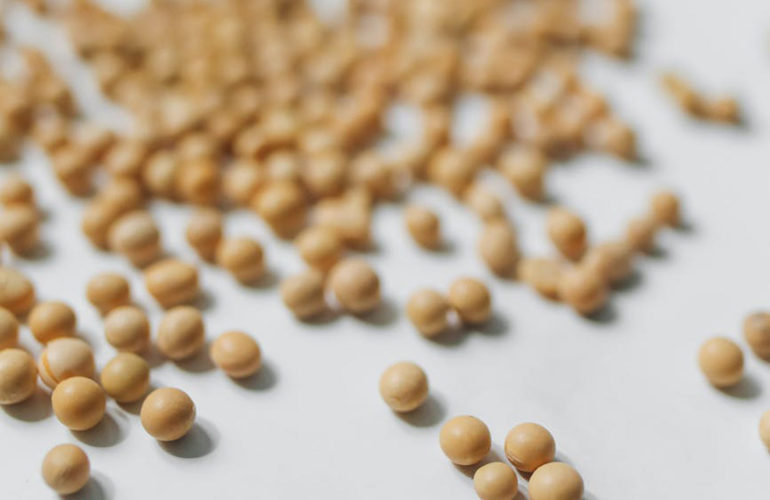Soy over the years has become quite a controversial food over the years. There are varying views about soy. What it does, is it good or bad ? How much soya is good for you are some of the questions we’ve tried answering in the article. This article will enable you to make up your mind about the good and not so good bits about soya. Over a period of time, soy has argubly one of the most controversial food on the planet. Some parts of the world love soy, others don’t like it much. One hand, it is linked to a number of health benefits and on the other side people have also linked it to a number of health issues as well. Soy is naturally rich in protein and contains all the amino acids that are needed by the body.
Nutritional profile of soy (100 grams)
- Calories : 172
- Protein : 18 grams
- Fat : 09 grams
- Carbs : 08 grams
- Sugar : 03 grams
- Fiber : 06 grams
- Calcium : 8 % of the total value daily needed
- Iron : 29 % of the daily value
- Magnesium : 20 % of the daily value
- Also rich in potassium, zinc, copper, folate, selenium
- Natural source of polyphenols
Other facts
- Soy contains a type of antioxidant that may help protect your body against cell damage and certain heart issues
- They are especially rich in isoflavones, a subclass of polyphenols also referred to as phytoestrogens
- Due to the similarity in structure, soy isoflavones are often believed to mimic the estrogen hormone
- However, research suggests that isoflavones are different from estrogen in many ways with each having a unique effect on the human body
Health benefits of eating soybeans
- May help lower cholesterol levels in the body
- Helps protect the heart
- Lower the blood pressure in the body
- Helps improve fertility
- Reduces menopause symptoms in the body
- Improves bone health
- Reduces the risk of some types of cancer
Concerns
- Some say soy have estrogen mimicking effects on males
- Some studies suggest that soy may have some compounds which reduce thyroid gland functioning
- Soybeans are often genetically modified, these soy beans would contain lesser nutrients and more herbicide residues than the organic ones
- Soy beans might contain some anti nutrients which would lower the body’s ability to absorb nutrients, however, soaking, sprouting, fermenting and cooking are some of the ways to reduce these anti nutrients
How did the use of soy beans evolve
- 1950s : Soy used in animal feed
- 1960s : Soybean industry grows in the US
- 1070s : The rise of soy is seen in the American diet
- By the early 1970s, more studies shed light on the benefits of soybeans
- 1978, the American Soybean Association establishes it’s headquarters in St Louis
- 1990s : Soy started getting a bad name (mostly because of the negative research by the meat industry)
- However, researchers across the world have proved that moderate consumption of soy has no negative effects on the body
How to eat soy ?
- Soaking is must for consumption of more nutrients in soy
- Have fermented form of sprouted soy
- Consume homemade milk and tofu made from organic soy
- Buy certified organic soy and not the genetically modified version of soy
- Work on your gut health (consume more probiotics for overall health of your body)
- Avoid eating processed soy food qw
